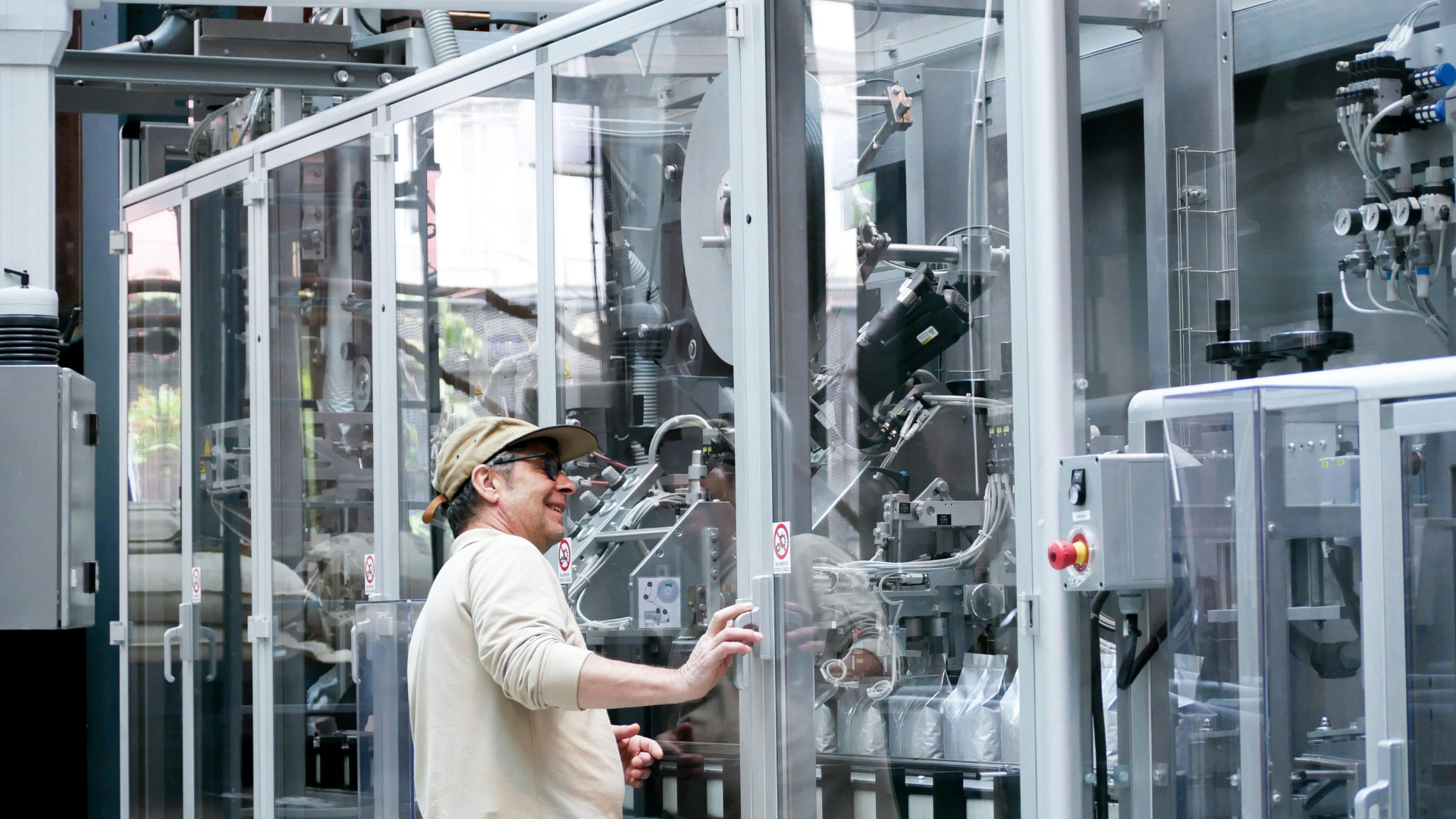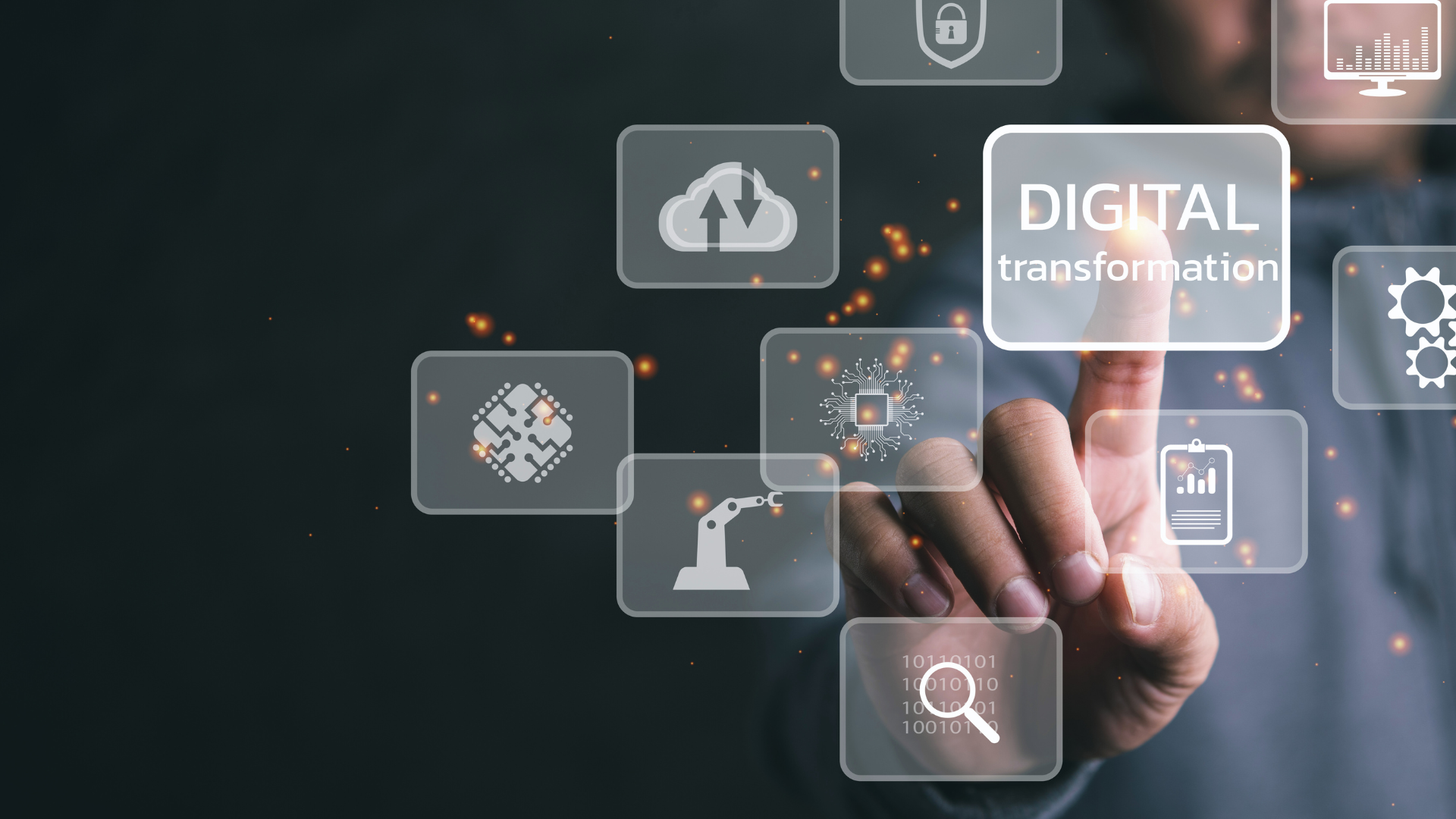Digital twins are transforming the manufacturing landscape by creating virtual replicas of physical assets. These digital counterparts enable manufacturers to optimise processes, monitor performance in real-time, and predict potential issues before they arise. As industries adapt to digital transformation, leveraging digital twins offers a significant competitive advantage, streamlining operations and enhancing productivity.
The integration of digital twins into manufacturing processes facilitates data-driven decision-making. By simulating various scenarios, manufacturers can analyse outcomes and implement changes that improve efficiency. This proactive approach not only reduces downtime but also fosters innovation, leading to superior product quality and customer satisfaction.
As businesses embrace this technology, the ability to accurately replicate and assess systems will become increasingly crucial. Digital twins provide insights that traditional methods may overlook, encouraging a shift towards smarter and more responsive manufacturing practices. This evolution is setting the stage for a new era in which agility and precision define success in the industry.
Understanding Digital Twins in Manufacturing
Digital twins serve as pivotal tools in the transformation of manufacturing processes. They consist of exact virtual replicas of physical entities, which allow for real-time monitoring and optimised operations. The integration of these technologies significantly enhances efficiency, innovation, and predictive capabilities within manufacturing.
Concept and Evolution of Digital Twins
The concept of digital twins dates back to the early 2000s, originating from product lifecycle management models. Since then, it has evolved with advancements in technology, particularly in data analytics and simulation.
Digital twins represent physical assets digitally, allowing manufacturers to simulate performance and identify issues before they occur. They merge virtual models with real-time data, enhancing decision-making processes. As manufacturing enters Industry 4.0, the importance of digital twins has surged, enabling seamless integration between the physical and digital worlds.
Implementing Digital Twin Technology
Implementing digital twin technology requires a structured approach. First, organisations must assess their current capabilities and infrastructure. This involves identifying key assets to be digitised, and ensuring that necessary sensors and data collection systems are in place.
Next, manufacturers need to select an appropriate platform for integration and data analysis. Effective implementation may involve collaboration with software vendors and integration of IoT devices. Training employees on using these technologies is equally crucial to realise the full potential of digital twins.
Virtual Models and the Internet of Things (IoT)
Virtual models are integral to the functionality of digital twins, as they replicate physical objects in a digital environment. These models interact with IoT devices that collect and transmit data continuously.
IoT sensors record variables such as temperature, pressure, and operational status, feeding this information to the virtual model. This real-time data flow facilitates monitoring and predictive maintenance, ultimately driving efficiency. The synergy between virtual models and IoT optimises the entire manufacturing process, endorsing the principles of Industry 4.0.
Optimising Operations with Digital Twins
Digital twins play a crucial role in refining manufacturing operations through enhanced efficiency, productivity, and real-time monitoring. They empower businesses to optimise processes and implement predictive maintenance strategies. This technology transforms traditional manufacturing methods, enabling smarter decision-making. As manufacturers continue adopting digital-first tools, complementary solutions such as manufacturing strategy alignment software are also becoming essential. These platforms help organisations coordinate production planning, analyse operational data, and align strategic goals with day-to-day workflows. When used alongside digital twins, such software enhances visibility across the entire manufacturing ecosystem, enabling more precise optimisation and long-term performance improvements.
Enhancing Efficiency and Productivity
Digital twins create virtual replicas of physical assets, allowing manufacturers to monitor systems in real-time. By analysing the data gathered, companies identify bottlenecks and inefficiencies in the production line.
For instance, by visualising workflow and resource utilisation, manufacturers can adapt schedules and processes for improved efficiency. As a result, productivity can increase significantly, leading to a reduction in operational costs and maximised output.
Process Optimisation and Monitoring
With digital twins, continuous monitoring of manufacturing processes becomes possible. They provide insights into various parameters, such as temperature, pressure, and speed, allowing for precise adjustments.
This capability enables manufacturers to maintain optimal operating conditions. When processes deviate from set parameters, alerts can prompt immediate corrective actions. Such proactive measures ensure that production remains steady and aligned with quality standards.
Predictive Maintenance and Quality Control
Digital twins facilitate predictive maintenance by analysing data patterns to anticipate equipment failures. This approach minimises unplanned downtime, ensuring that operations continue smoothly. It employs algorithms to assess the condition of machinery and predict when servicing is required.
Moreover, quality control benefits from the integration of digital twins. By simulating various scenarios, manufacturers can test processes before implementation. This reduces defects and enhances overall product quality, leading to higher customer satisfaction and improved market competitiveness.
Advancements in Product Development
Digital twins significantly enhance product development by facilitating more efficient processes, enabling real-time customisation, and harnessing data analytics for continuous improvement. This integration of technology leads to innovative approaches in how products are designed and manufactured.
Rapid Prototyping and Product Design
Digital twins revolutionise rapid prototyping by allowing manufacturers to create virtual models of products before physical production. This method accelerates the design process, enabling quicker iterations based on feedback and testing.
Using AI algorithms, teams can simulate various scenarios, identifying potential design flaws early. This approach reduces material waste and minimises production costs, as alterations can be made in the digital realm.
Moreover, collaboration across teams improves significantly. Stakeholders can visualise the product’s lifecycle using digital twins, fostering better communication and streamlining decision-making processes in product design.
Customisation and Continuous Improvement
Digital twins provide the capability for real-time customisation of products. Manufacturers tap into customer data to tailor offerings that meet specific preferences. This level of customisation enhances customer satisfaction and retention.
Continuous improvement is driven by feedback loops established through digital twins. As products are used in real-world environments, data regarding performance and user interaction is collected and analysed.
This data guides manufacturers to make informed adjustments to enhance product quality and functionality. The integration of machine learning facilitates the identification of patterns and trends that inform future designs.
Data Integration and Analysis
The ability to integrate vast amounts of data from various sources is a critical advantage of digital twins. This data integration enables manufacturers to access valuable insights that inform product development strategies.
Data analytics plays a pivotal role in transforming raw data into actionable information. Manufacturers harness these insights to identify inefficiencies, assess market trends, and optimise production processes.
As data becomes increasingly sophisticated, the adoption of predictive analytics allows for forecasting potential challenges. This proactive approach helps in mitigating risks and ensuring that product development aligns with market demands.
Strategic Industrial Impact
Digital twins are transforming how manufacturers operate by enhancing resource utilisation, creating new business models, and promoting sustainability. These changes not only streamline operations but also open avenues for improved decision-making and energy efficiency.
Resource Utilisation and Cost Savings
Digital twins enable real-time monitoring of resources, allowing for precise tracking of equipment and materials. By simulating processes, manufacturers can identify inefficiencies and optimise production schedules.
Key performance indicators (KPIs) related to resource utilisation can be monitored, leading to significant cost savings. For instance, predictive maintenance can minimise downtime, reducing unnecessary expenditures. The ability to model various scenarios ensures that resource allocation is optimised, decreasing waste and maximising output.
New Business Models and Revenue Streams
The implementation of digital twins has facilitated the development of innovative business models. Manufacturers can offer data-driven services, enhancing customer engagement and satisfaction. By leveraging insights from digital twins, they can create tailored products or services that respond directly to market demands. This flexibility allows for rapid adjustments to supply chains and inventory management.
Such adaptability fosters the emergence of new revenue streams, turning traditional manufacturing into a more service-oriented approach.
Sustainability and Energy Efficiency
Digital twins contribute to sustainability efforts by enabling manufacturers to monitor and reduce energy consumption. By analysing operational data, companies can identify energy wastage and implement strategies for optimisation.
This focus on energy efficiency also supports compliance with environmental regulations. Manufacturers can track their carbon footprint and develop initiatives to reduce emissions. Ultimately, embracing sustainability not only benefits the planet but also enhances brand reputation and appeals to environmentally conscious consumers.








